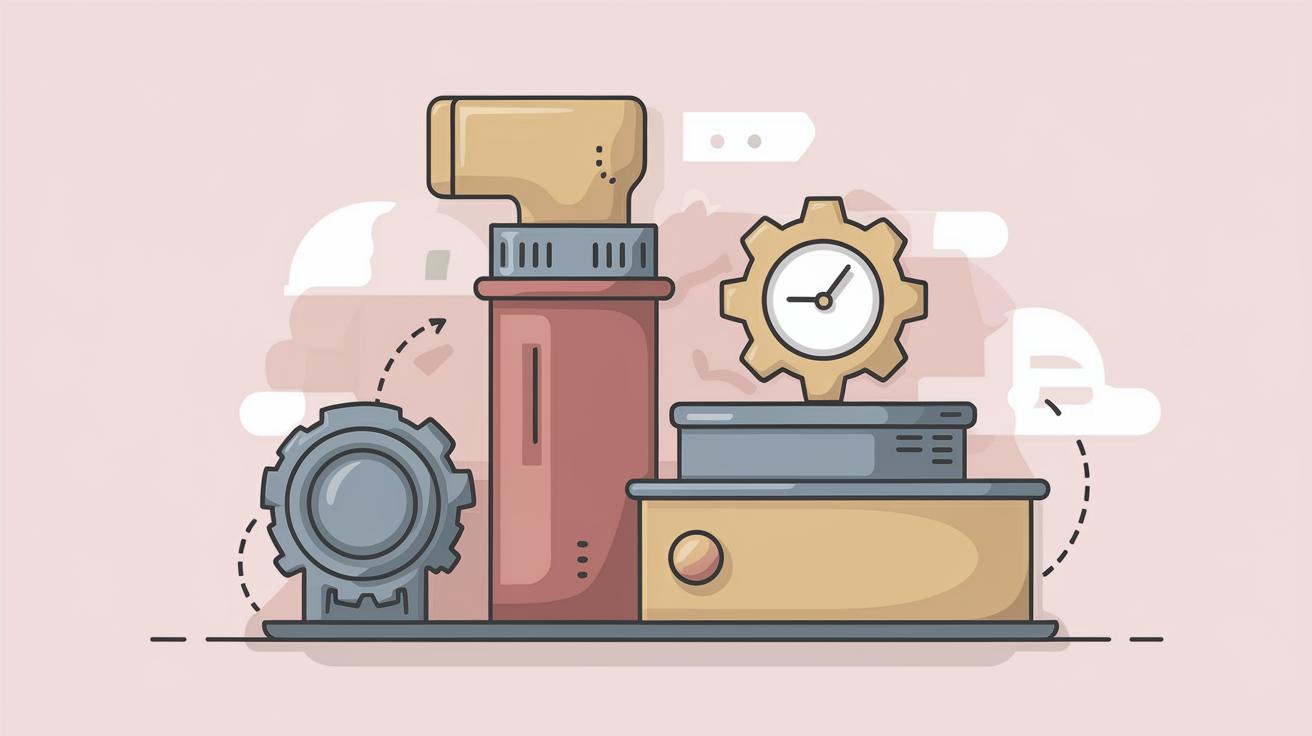Choosing the Right Materials for Product Design
In the world of product design, selecting the right materials is crucial for creating effective, sustainable, and innovative products. This article explores critical factors to consider when choosing materials, with an emphasis on sustainability. Discover how aluminium is transforming sustainable product design, and learn to avoid common misperceptions in material selection. If sustainability in design interests you, dive deeper with related articles that highlight pioneering approaches using local and recycled materials at major design events like Milan Design Week. Finally, you’ll find a summary that encapsulates the main takeaways of this comprehensive guide.
Material selection criteria for sustainable design
When selecting materials for sustainable design, it’s essential to consider a variety of ecological, economic, and social factors. The environmental impact of a material covers its life cycle, from extraction to disposal. It includes energy consumption, carbon footprint, and the potential for recycling or upcycling. Materials with a lower environmental footprint, such as recycled metals or sustainably sourced wood, are favorable for eco-friendly designs.
Economic viability is another critical component. While some sustainable materials might have a higher upfront cost, their long-term benefits, including durability and reduced energy consumption, can offset initial investments. Choosing materials that offer resilience and minimal maintenance costs is key. Social factors, such as worker safety and community impacts during production, also play a pivotal role. It’s essential to ensure the materials chosen contribute positively to social well-being.
Aluminium in sustainable product design
Aluminium has become a cornerstone of sustainable product design due to its lightweight nature and exceptional recyclability. Its ability to be reused without losing properties ensures a reduction in waste and energy usage. Designers are increasingly exploring aluminium for its versatility, making it suitable for a wide range of products from electronics to construction.
The move towards using near-zero aluminium, which is produced with minimal carbon emissions, showcases a commitment to environmental responsibility. Global events like Milan Design Week are highlighting designs that incorporate near-zero aluminium, demonstrating its potential to revolutionize modern design with sustainable practices.
Avoid misperceptions when selecting sustainable materials
It’s easy to make misjudgments when selecting materials based solely on their green labels. Not all materials marketed as sustainable truly meet the high standards needed for long-term viability. It’s essential to conduct thorough research and understand the complete life cycle of a material, from production to decomposition.
Sustainability also involves considering the overall impact of the material. A product made from a sustainable material but manufactured through environmentally damaging processes can negate the material’s benefits. Proper assessment tools and certifications are valuable in making informed decisions and ensuring that sustainability claims are substantiated.
Interested in learning more?
Delve deeper into the world of sustainable design by exploring related articles and case studies. These resources provide insights into innovative ways designers incorporate sustainable principles into their work, yielding practical and aesthetic benefits.
Related articles
Why we are going completely local for Milan Design Week 2025
The trend of local sourcing is gaining momentum. Manufacturers and designers are opting for local materials to avoid the carbon footprint associated with long-distance shipping and to support regional economies. This practice not only reduces environmental impact but also fosters a connection between products and their origins.
How seven designers turned scrap into treasure in Milan
At Milan Design Week, innovative designers showcased creativity by transforming scrap materials into valuable design pieces. These pioneering efforts illustrate the potential to upcycle waste material into aesthetically pleasing and functional products, setting a new standard in eco-friendly design.
Why world-class designers are using near-zero aluminium at Milan Design Week
The emphasis on near-zero aluminium at Milan Design Week demonstrates a shift towards more responsible design practices. This innovative approach considers not only design aesthetics but also the environmental impact, promoting materials that decrease industrial carbon footprints.
We are using bauxite residue to turn waste into aesthetic value
Innovations in processing bauxite residue, a byproduct of aluminium production, are making waves in sustainable design. This otherwise-waste substance is being transformed into valuable materials for construction and design, showcasing creativity in turning industrial waste into aesthetic and functional components.
Recycled car parts for sustainable building design
Creative uses of recycled car parts in architectural design are proving that sustainability and innovation go hand-in-hand. Repurposing structures such as steel beams and rubber tires for modern building designs is contributing to a reduction in waste and the promotion of environmental responsibility.
How to design better bicycle racks and e-bike charging stations
Sustainable urban design seeks out efficient, user-friendly solutions for the growing cycling culture. By focusing on using innovative materials and designs for bicycle racks and e-bike charging stations, cities are encouraging eco-friendly commuting and reducing their carbon footprint.
Summary of main points
| Section | Main Highlights |
|---|---|
| Material selection criteria for sustainable design | Considers environmental, economic, and social impacts; focuses on life cycle analysis and sustainable sourcing. |
| Aluminium in sustainable product design | Highly recyclable, reduces waste, and is used in versatile applications; near-zero aluminium minimizes carbon footprint. |
| Avoid misperceptions when selecting sustainable materials | Research the full life cycle and production processes; verify sustainability claims through certifications. |
| Related articles | Insights from Milan Design Week and innovations in using local, scrap, and recycled materials for sustainable design. |


